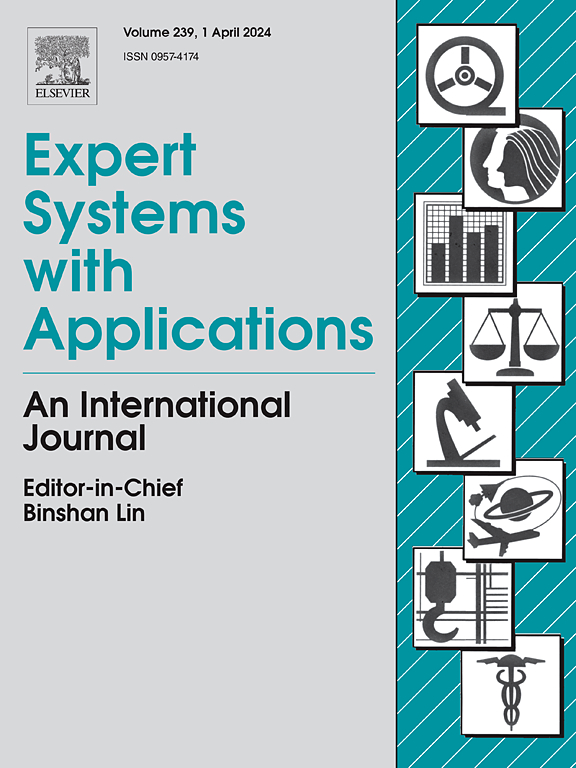Housed pig identification and tracking for precision livestock farming
IF 7.5
1区 计算机科学
Q1 COMPUTER SCIENCE, ARTIFICIAL INTELLIGENCE
引用次数: 0
Abstract
Given the growing demand for pig products and improved welfare in the pig farming industry, Precision Livestock Farming (PLF) techniques are gaining more attention from farmers. Animal recognition and monitoring can provide major control in large-scale farms, reducing production costs, increasing welfare, and preventing the spread of diseases. However, animal re-identification is complex due to the scarce data available, the large similarity between the classes, and the variability of poses per class. To date, we cannot find any reliable solution in scientific literature or deployed in a real setting showing accurate stuff. This work uses current deep-learning models to define a complete pipeline to recognize pigs in different farm pens. For that, we present a complete pattern recognition pipeline comprising data collection, annotation, deep re-ID, and tracking to provide a reliable and accurate system for pig re-identification. Besides, we present two public datasets for segmentation (FaroPigSeg) and re-identification (FaroPigReID-33) that will contribute to the community of Precision Livestock Farming. Results show that a deep learning classification model (EfficientNetV2M) is good enough to reach a re-id accuracy of 90.44 %. Besides, the combination of a detector module together with a tracker, re-id, and voting modules can compute online predictions with an accuracy of 76.80 % in three challenging farming recording sessions.

用于精准养殖的圈养猪识别和跟踪
鉴于养猪业对生猪产品的需求不断增长和福利水平的提高,精准畜牧业技术越来越受到农民的关注。动物识别和监测可以在大型农场提供主要控制,降低生产成本,增加福利,防止疾病传播。然而,由于可用的数据很少,类别之间的相似性很大,以及每个类别的姿势变化,动物的再识别是复杂的。迄今为止,我们无法在科学文献中找到任何可靠的解决方案,也无法在真实环境中展示准确的数据。这项工作使用当前的深度学习模型来定义一个完整的管道来识别不同猪圈中的猪。为此,我们提出了一个完整的模式识别管道,包括数据收集、注释、深度再识别和跟踪,为猪的再识别提供了一个可靠、准确的系统。此外,我们还提出了两个公共数据集,用于分割(FaroPigSeg)和重新识别(FaroPigReID-33),这将为精准畜牧业社区做出贡献。结果表明,深度学习分类模型(EfficientNetV2M)足以达到90.44%的重新识别准确率。此外,检测器模块与跟踪器、重新识别和投票模块相结合,可以在三个具有挑战性的农业记录会话中计算出76.80%的在线预测准确率。
本文章由计算机程序翻译,如有差异,请以英文原文为准。
求助全文
约1分钟内获得全文
求助全文
来源期刊

Expert Systems with Applications
工程技术-工程:电子与电气
CiteScore
13.80
自引率
10.60%
发文量
2045
审稿时长
8.7 months
期刊介绍:
Expert Systems With Applications is an international journal dedicated to the exchange of information on expert and intelligent systems used globally in industry, government, and universities. The journal emphasizes original papers covering the design, development, testing, implementation, and management of these systems, offering practical guidelines. It spans various sectors such as finance, engineering, marketing, law, project management, information management, medicine, and more. The journal also welcomes papers on multi-agent systems, knowledge management, neural networks, knowledge discovery, data mining, and other related areas, excluding applications to military/defense systems.
 求助内容:
求助内容: 应助结果提醒方式:
应助结果提醒方式:


